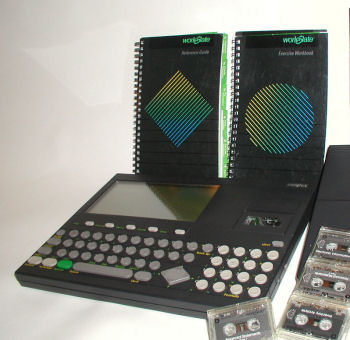Scali
Veteran Member
The original IBM 5150 had a cassette interface, as most of you probably know.
The PCjr also had one (which was compatible afaik).
But on the 5160 it was removed... and we have never seen it again.
Playing around with my 5160 the other day, I accidentally got it to boot in ROM BASIC, because the floppy wouldn't boot.
Which popped up the following questions:
1) Are there any PCs outside the 5150 and the PCjr that have the cassette interface?
2) What does it take hardware-wise to add a cassette interface to a 5160, or possibly any generic clone?
I already found this thread: http://www.vintage-computer.com/vcforum/showthread.php?8829-IBM-PC-Cassette-interface/page2
It speaks of some Soviet PCjr clone, which also had the cassette interface?
Also, it says that the tape interface was just driven off the interrupt timer and the 8255, so it doesn't require a separate controller. It's basically wired up in the PC speaker circuit. As I also understand from this schematic: http://www.minuszerodegrees.net/5150/misc/5150_speaker_circuit.jpg
So that would mean that you could probably modify a 5160 or clone board to add a cassette interface? Has anyone ever tried this?
The PCjr also had one (which was compatible afaik).
But on the 5160 it was removed... and we have never seen it again.
Playing around with my 5160 the other day, I accidentally got it to boot in ROM BASIC, because the floppy wouldn't boot.
Which popped up the following questions:
1) Are there any PCs outside the 5150 and the PCjr that have the cassette interface?
2) What does it take hardware-wise to add a cassette interface to a 5160, or possibly any generic clone?
I already found this thread: http://www.vintage-computer.com/vcforum/showthread.php?8829-IBM-PC-Cassette-interface/page2
It speaks of some Soviet PCjr clone, which also had the cassette interface?
Also, it says that the tape interface was just driven off the interrupt timer and the 8255, so it doesn't require a separate controller. It's basically wired up in the PC speaker circuit. As I also understand from this schematic: http://www.minuszerodegrees.net/5150/misc/5150_speaker_circuit.jpg
So that would mean that you could probably modify a 5160 or clone board to add a cassette interface? Has anyone ever tried this?
Last edited:


